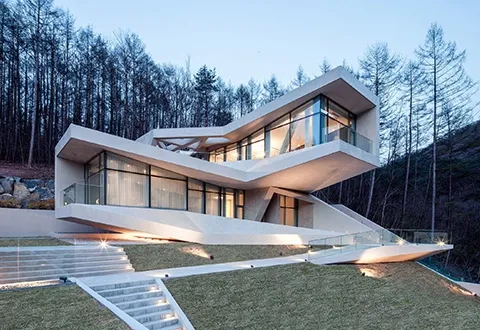
- Mobile Phone
- +8613931874955
- sales@cntcmetal.com
reinforcing welded mesh
The Importance of Reinforcing Welded Mesh in Construction
Reinforcing welded mesh is a critical component used in various construction applications, primarily to enhance the strength and durability of concrete structures. This specialized mesh, typically made from steel wires, is manufactured by welding the wires together at their intersections, forming a grid-like structure that provides excellent structural support. As modern construction practices continue to evolve, the demand for reinforcing welded mesh has surged, owing to its numerous advantages and applications.
Enhancing Structural Integrity
One of the primary reasons for using reinforcing welded mesh in construction is its ability to significantly improve the structural integrity of concrete elements. Concrete is strong under compression but weak in tension. When forces are applied, such as loads from buildings or internal stresses from temperature changes, reinforced concrete can distribute these forces effectively. Incorporating welded mesh into concrete slabs, walls, and foundations helps resist cracking and deformation, leading to longer-lasting structures.
Versatility in Applications
Reinforcing welded mesh is incredibly versatile and can be employed in a variety of construction scenarios. It is commonly used in floor slabs, basements, bridges, and roadways. Its adaptability allows it to fit into both residential and industrial projects, making it a preferred choice for architects and engineers alike. The mesh can be customized to meet specific project requirements, including varying wire diameters, mesh spacing, and coatings to protect against corrosion.
Cost-Effectiveness
In addition to its structural benefits, reinforcing welded mesh is also cost-effective. Compared to traditional reinforcement methods, such as using steel bars (rebar), welded mesh can reduce labor costs and construction time. The mesh is prefabricated and can be easily transported and installed on-site, streamlining the construction process. Furthermore, the use of welded mesh can minimize the amount of raw material needed, contributing to overall cost savings without compromising safety or structural quality.
reinforcing welded mesh

Improved Durability
Concrete structures equipped with reinforcing welded mesh showcase improved durability over time. Welded mesh can prevent water penetration, which is crucial for protecting concrete from environmental damage and chemical attack. By reinforcing concrete with welded mesh, the likelihood of structural failure due to cracking or erosion is significantly reduced, ensuring that buildings and infrastructures remain safe and usable for years. Additionally, the durability of welded mesh itself, due to its corrosion-resistant properties, decreases the need for frequent repairs, further enhancing its cost-effectiveness.
Compliance with Building Standards
In today’s construction environment, compliance with building codes and regulations is paramount. Reinforcing welded mesh meets these standards and frequently exceeds minimum requirements set forth by industry regulations. This compliance ensures that structures are not only safe for use but also withstand various environmental stresses, such as seismic activity or heavy wind loads. By selecting appropriately rated welded mesh, construction professionals can be confident in their projects' longevity and safety.
Sustainability Contributions
As the construction industry increasingly focuses on sustainable practices, reinforcing welded mesh plays a vital role. By enhancing the lifespan and durability of concrete structures, it contributes to reduced material waste and the need for repairs or replacements. The use of welded mesh supports eco-friendly designs and construction practices, aligning with modern sustainability goals. Many manufacturers now produce mesh that employs recycled materials or processes that reduce carbon footprints, thereby appealing to environmentally conscious builders.
Conclusion
In conclusion, reinforcing welded mesh is an indispensable material within the construction industry. Its ability to enhance structural integrity, versatility in applications, cost-effectiveness, improved durability, compliance with building standards, and contributions to sustainability makes it a favored choice among construction professionals. As we move forward, the role of reinforcing welded mesh in creating safe, resilient, and sustainable infrastructures will continue to grow, ultimately shaping the future of construction. Embracing this innovative material ensures that projects meet not only the demands of today but also the challenges of tomorrow, contributing to a stable and secure built environment.
share:
-
creative-ways-to-decorate-your-tomato-cageNewsAug.22,2025
-
common-mistakes-when-installing-brick-wall-tiesNewsAug.22,2025
-
customizing-conical-springs-for-aerospace-applicationsNewsAug.22,2025
-
galvanized-tie-wire-for-binding-pipesNewsAug.22,2025
-
environmental-impact-of-using-snake-spacers-in-plumbingNewsAug.22,2025
-
sacrificial-formwork-systems-for-complex-structuresNewsAug.22,2025
-
Wall Ties for Concrete: Invisible Guardians of Building Structural StabilityNewsAug.08,2025
